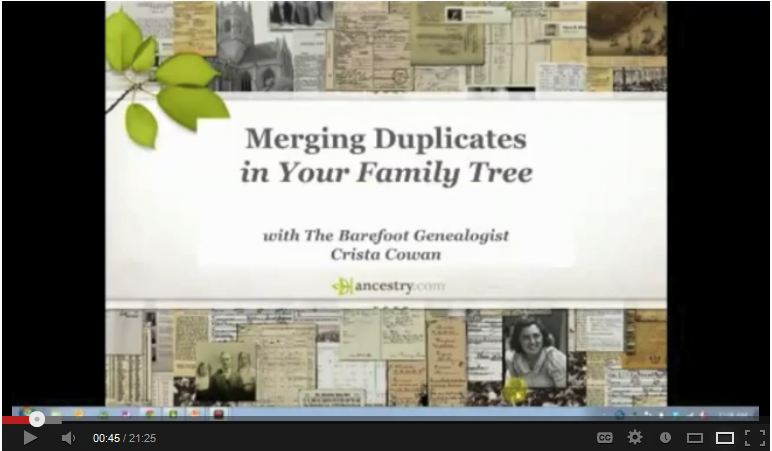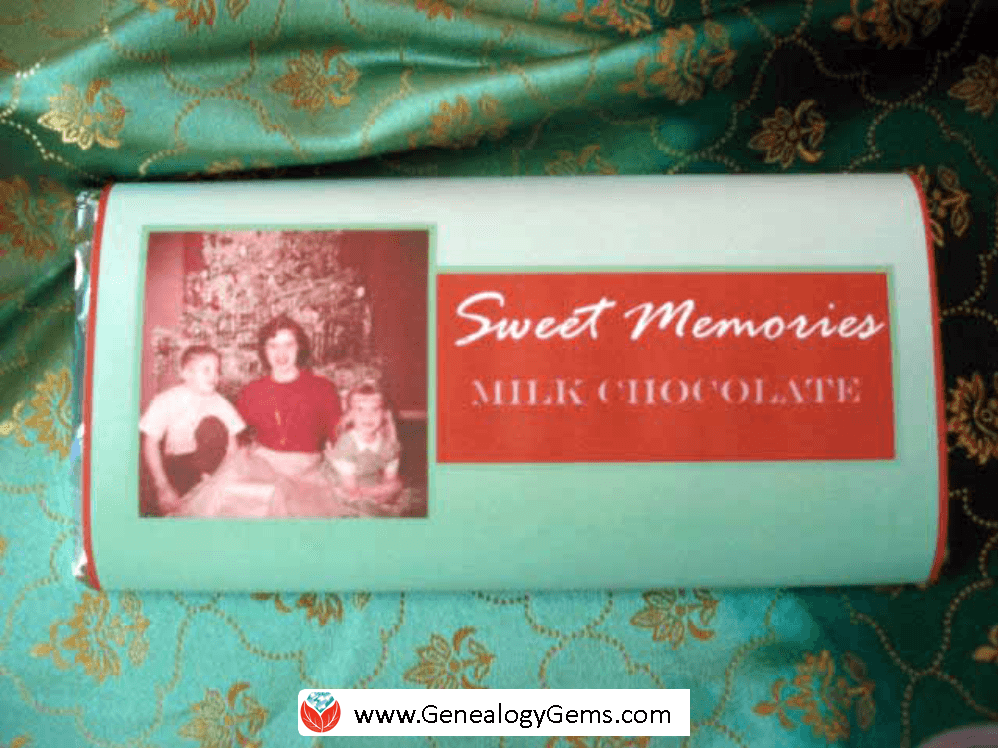How to Delete and Merge Duplicates in Ancestry Family Tree
Does your online family tree suffer from duplicate leaves? If so, you’re not alone. Hundreds of people seem to have this problem, based on the popularity of a YouTube video tutorial by The Barefoot Genealogist. This tutorial teaches you how to trim extra foliage from your online Ancestry.com family tree or in Family Tree Maker.
 First, presenter Christa Cowan describes how we often end up with duplicates on the family tree. Sometimes people attach records buy anti worm medication for humans incorrectly to individual profiles in Ancestry.com—she shows how to do it correctly, without accidentally creating someone new. And, bonus: she shows how to attach records to more than one person at a time (you want everyone in the household to have that 1920 census record attached to their profiles)!
First, presenter Christa Cowan describes how we often end up with duplicates on the family tree. Sometimes people attach records buy anti worm medication for humans incorrectly to individual profiles in Ancestry.com—she shows how to do it correctly, without accidentally creating someone new. And, bonus: she shows how to attach records to more than one person at a time (you want everyone in the household to have that 1920 census record attached to their profiles)!
Watch this video to learn how to look for unwanted duplicates and then use the “merge duplicates” feature to clean up any mess or confusion.
DIY Family History
Do your family members roll their eyes when you starting chatting about your genealogy research? Make family history FUN with these clever and inspiring DIY family history ideas!
Ideas in Your Purse
Grab your smartphone and follow me:
Instagram: Lisa Louise Cooke at www.instagram.com/genealogygems
Pinterest: Lisa Louise Cooke Genealogy Gems at www.pinterest.com/lisalouisecooke/
Craft Ideas
DIY Family History Bracelet Upcycled from Your Old Watch
Watch the tutorial video below to learn step-by-step how to create this TIMELESS DIY gift that your family will love! Turn old non-working watches into keepsake family history bracelets. Dig through your jewelry box, or scour thrift stores, eBay, & garage sales. I turned my grandmother’s old watch that doesn’t work anymore into a bracelet that honors her.
Holidays
Legacy Christmas Stocking
In this video I’ll show you how to create a Legacy Christmas Stocking. This crazy quilt / embroidered project allows you to share your family history with family and friends in a unique and creative way. Listen to Genealogy Gems Podcast episode 102 for more details and visit the show notes to download the supply list and other information. Download the instructions (PDF).
Easy DIY Stocking Stuffers
Click here to see how to turn ordinary store-bought candy bars into extraordinary family history delivery treats!

“Sweet Memories” Stocking Stuffer Candy Bars
Displays
Finding your family history is just the first step in the genealogy journey. Displaying your findings and honoring your family lets your research live on and inspire others.
